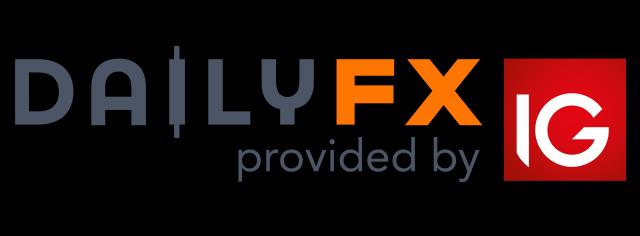
2 minute read
The Bulls and the Bears – Deciding What to Buy and Sell
from Forex for beginers
earch TeamDailyFX Res
As mentioned above, interest rates are one of the most common drivers for currency prices, but to put it more accurately, it is ‘expectations for potential changes in interest rates’ that really drives matters. Let’s consider an example: if data signaled a remarkably strong development for an economy – let’s say that GDP in the U.K. far outpaced what was expected – the speculation will in turn weigh in.
Advertisement
While this one, individual GDP print may not cause the Bank of England to hike interest rates, it can start the ball rolling. The stronger economic figure may in turn raise the prospect of inflation. It is that elevated price pressure that may eventually cause the BoE to hike rates faster than they would have otherwise. So this would generate an increase in expectations for higher interest rates which in turn motivate traders and investors to buy the British Pound (and local assets) on the belief that the rate of return is going to rise in the near future.
The higher prices in the British Pound, at this point, would be ‘Bullish’, reflecting the burgeoning uptrend that’s taking place to account for stronger GDP and rate expectations. Should data continue to come-in stronger, this ‘bullish’ price action can continue. If persistent enough, the result could be a true ‘bullish’ up-trend in the price/value of the currency.
If the example were to be reversed – with the expectation for lower interest rates – the result is more likely to drive currency values lower. Such expectations were evidenced after the June 2016 Brexit referendum. After the vote deciding to withdrawal the UK from the European Union, Bank of England Governor Mark Carney warned markets that the BoE was not going to take risks from the referendum lightly. They would proactively look to offset those risks by decreasing interest rates. In short order, sellers returned to drive the value in the British Pound even-lower, from a value of 1.3500 just before the ‘warning’ to around 1.2000 in the months after. This is clear bearish anticipatory price action.
This is the simplified interpretation of the relationship that drives most buying and selling decisions in the FX market. Do you think that economic prospects in Europe will improve? If so, you could buy the Euro. And as those prospects do indeed improve, prices will likely move up to reflect the increased demand preempting inflationary pressure that could prompt higher rates. Or, if you think that Europe’s economic prospects are worsening, you can sell the Euro to take advantage of an eventual slide in rates that promotes a decline in the market.



